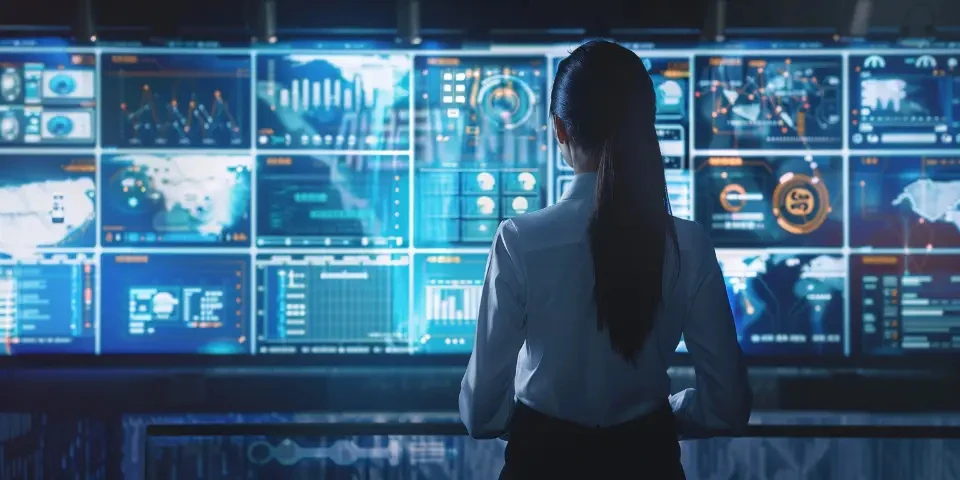Enhancing Accessibility AI-driven Image Uncrop to Aid Individuals with Visual Impairments
Accessibility in the digital world has always been a crucial aspect that must be addressed to ensure inclusivity. For individuals with visual impairments, the lack of visual cues poses numerous challenges in utilizing digital content effectively. However, advancements in artificial intelligence (AI) have paved the way for innovative solutions, such as AI-driven image uncrop, to enhance accessibility for visually impaired individuals. In this article, we will explore the potential benefits and applications of AI-driven image uncrop, its limitations, and its implications for the visually impaired community.
1. Introduction to AI-driven Image Uncrop
AI-driven image uncrop is a technology that utilizes machine learning algorithms to extend the visible area of an image beyond its original framing. By analyzing the context and content of an image, AI algorithms can intelligently generate additional image content, providing a more comprehensive view of the scene to individuals with visual impairments.

2. Improving Access to Visual Information
One of the key advantages of AI-driven image uncrop is its ability to improve access to visual information for individuals with visual impairments. By expanding the visible area, important details that were previously cropped or out of reach can now be perceived, allowing visually impaired individuals to gain a more complete understanding of the image.
This technology also holds great potential in educational settings, where visually impaired students can benefit from accessing visual content that would otherwise be inaccessible. AI-driven image uncrop provides an opportunity for these students to engage with visual learning materials and participate more actively in classroom discussions.
3. Enhancing Image Descriptions
While image descriptions are commonly used to convey visual information to individuals with visual impairments, they are often limited in their ability to provide a comprehensive understanding of the image. AI-driven image uncrop can supplement image descriptions by offering a more detailed visual representation.
By combining image descriptions with AI-driven image uncrop, visually impaired individuals can gather a deeper understanding of the content, such as the spatial arrangement of objects or the presence of additional relevant details that contribute to the overall context of the image.
4. Integration in Mobile Devices and Assistive Technologies
To ensure widespread accessibility, it is important to integrate AI-driven image uncrop technology into commonly used devices and assistive technologies. Mobile devices, in particular, play a significant role in the daily lives of visually impaired individuals.
By incorporating AI-driven image uncrop into the built-in accessibility features of smartphones and tablets, individuals with visual impairments can easily access an extended view of images captured or encountered through various apps and platforms.
5. Limitations and Challenges
While AI-driven image uncrop shows promise in enhancing accessibility for individuals with visual impairments, it is important to acknowledge its limitations and challenges. Some of the key challenges include:
- Accuracy: The accuracy of AI algorithms in generating the extended image content must be continually improved to avoid misinformation or misleading interpretations.
- Processing Speed: Real-time processing of image uncropping can be challenging, especially when dealing with high-resolution images or videos. Improvements in processing speed are necessary for seamless user experiences.
- Complex Scenes: Images with complex scenes or multiple overlapping objects may pose difficulties for AI algorithms in accurately extending the visible area. Ongoing research and algorithmic advancements are required to tackle this challenge.
6. Frequently Asked Questions (FAQs)
Q: Can AI-driven image uncrop work on all types of images?
A: AI-driven image uncrop is most effective on images with clearly defined content and relatively simple scenes. Complex scenes or images with poor quality may yield less reliable results.
Q: How can visually impaired individuals access AI-driven image uncrop?
A: AI-driven image uncrop can be accessed through various assistive technologies, such as screen readers or specialized apps designed for individuals with visual impairments.
Q: Can AI-driven image uncrop be used in real-time video scenarios?
A: While real-time image uncropping in video scenarios is a challenging task, ongoing research is focused on optimizing algorithms for efficient processing to enable real-time applications.
7. Implications and Future Directions
The development of AI-driven image uncrop technology brings significant implications for accessibility and inclusivity. As AI algorithms continue to improve and enhance accuracy, individuals with visual impairments will have broader access to visual content, positively impacting their daily lives.
Furthermore, the integration of AI-driven image uncrop with augmented reality (AR) technologies holds great potential. By combining AI-generated extended content with real-time visual overlays, visually impaired individuals can experience enhanced spatial awareness and object recognition.
8. Conclusion
AI-driven image uncrop presents an exciting and promising solution to enhance accessibility and inclusivity for individuals with visual impairments. By leveraging AI algorithms to extend the visible area of images, visually impaired individuals can access a more comprehensive view, improving their understanding of visual content and bridging the gap between the visual and non-visual world.
Explore your companion in WeMate